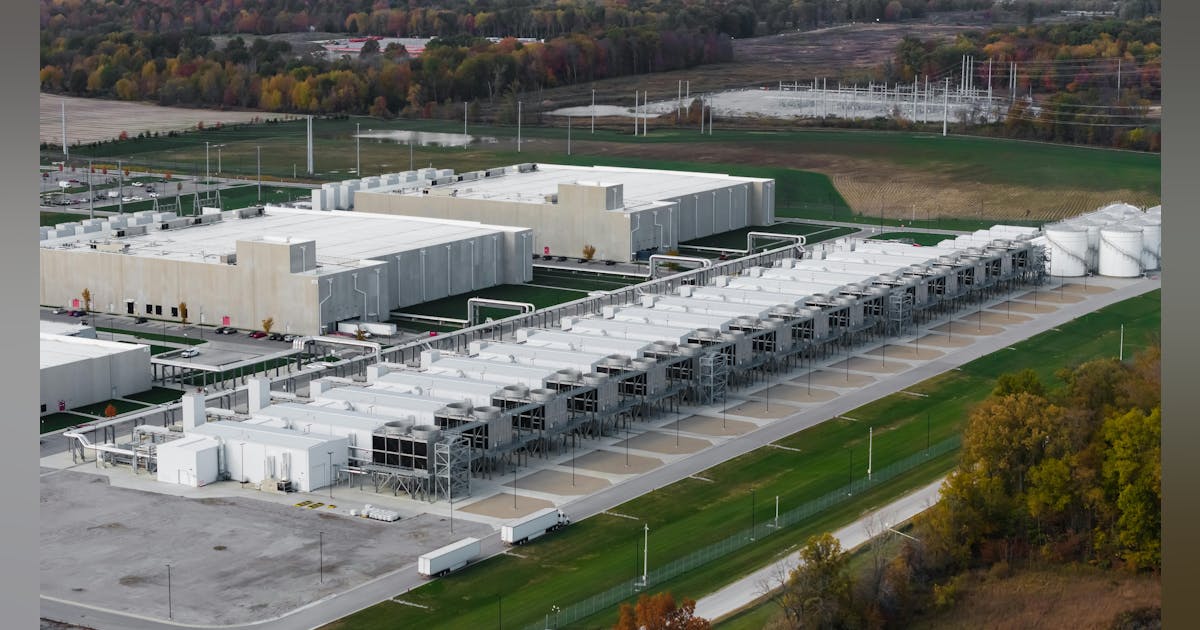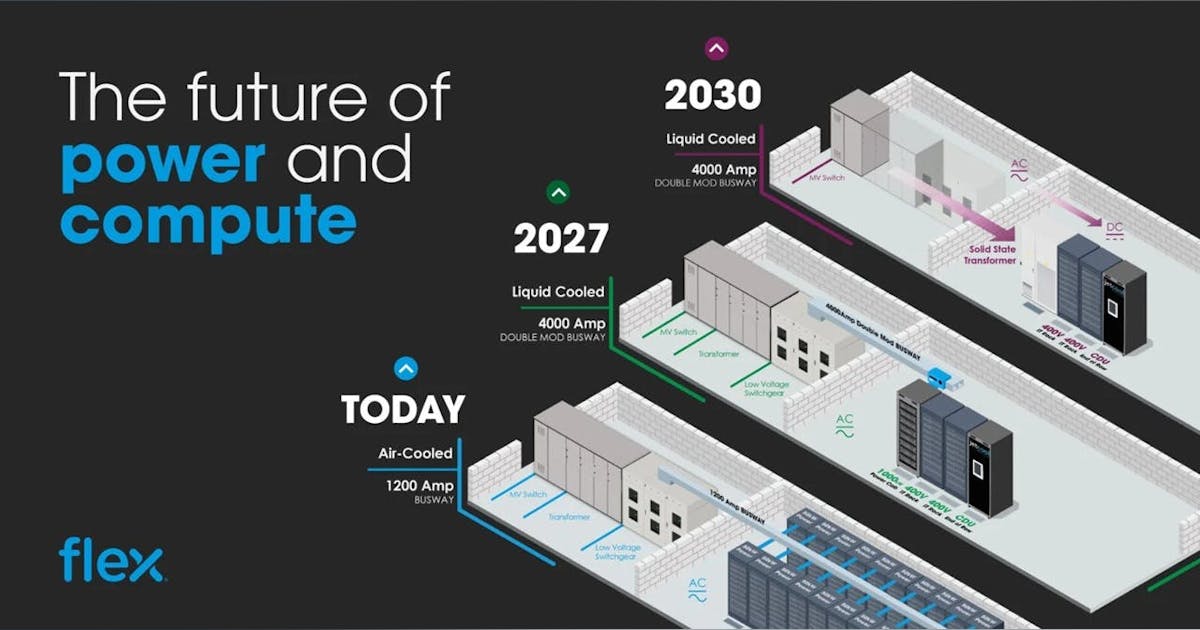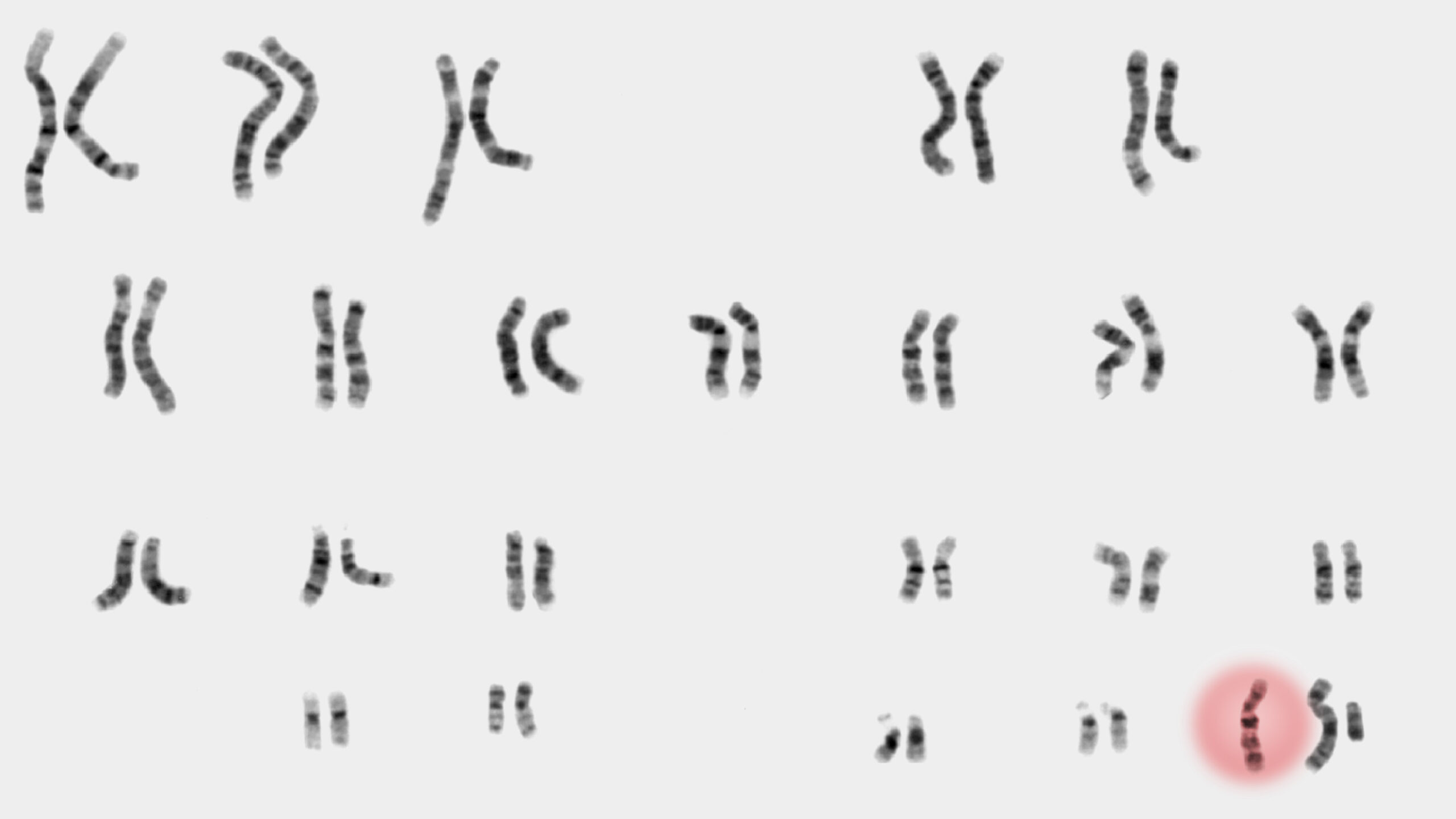
Melbana Energy Ltd said Wednesday flow testing at the Amistad-2 well in Cuba’s onshore Block 9 had failed to recover oil.
“The testing of Amistad-2 is disappointing given the well was up-dip of known oil, but this can occur in the early-stage appraisal and development of new oilfields”, Melbana executive chair Andrew Purcell said in an online statement.
“Oil shows were muted during the drilling, perhaps because the reservoir drilling fluid we have designed for these formations was in balance and doing its job, but well logs indicated good reservoir quality and reasonable oil saturation. Flow testing confirmed excellent reservoir quality, given the high rate of fluid recovery, but oil was residual at that location.
“The rate of drilling was also quicker than prognosed, allowing us to continue drilling the encountered formation much deeper than originally planned”.
The Sydney, Australia-based company exceeded its target total depth of 1,125 meters (3,690.94 feet) and reached 2,000 meters.
Amistad-2 sits about 850 meters southwest and 200 meters up-dip of the already producing Alameda-2, also in Block 9, according to Melbana.
However, pressure data from the latest drilling campaign “indicates that the reservoirs at the Amistad-2 location are not in communication with those at the Alameda-2 location”, Wednesday’s statement said.
“Given the results of Amistad-2 consideration is now being given to Amistad-11 replacing Amistad-3 as the next well. This would be a shallow production well located on Pad 1, where good production characteristics have previously been obtained (peak flow of 1,903 bopd at a sustained rate of 1,235 bopd)”, Melbana added.
“Production operations in Amistad-1 have been temporarily halted to prepare for the drilling of this well in case the joint operation approves this course of action”.
Block 9 spans 2,344 square kilometers (905.02 square miles) on the north coast of Cuba, 140 kilometers (86.99 miles) east of Havana and in trend with the multi-billion-barrel Varadero oilfield, according to Melbana.
Melbana operates the block with a 30 percent stake. Sociedade Nacional de Combustiveis de Angola EP owns 70 percent.
Melbana previously said it plans to trial crude exports from Cuba by the end of the year, after stalling the trial earlier this year due to port issues.
“The impact of conflicts in other parts of the world on shipping rates also made the shipment of a relatively small cargo potentially uneconomic, which outweighed the advantages of testing the company’s operational and transactional plans for exporting oil and receiving payment”, Melbana said in a stock filing August 21.
“These conditions have now largely normalized and work has resumed towards an initial trial export before the end of the year when there is a sufficient volume of oil in storage to fill a larger vessel, which is expected to deliver improved unit economics”.
In its quarterly report October 27, Melbana said it had a crude inventory of over 33,000 barrels in Cuba, from Alameda-2, as of the end of the third quarter.
To contact the author, email [email protected]
What do you think? We’d love to hear from you, join the conversation on the
Rigzone Energy Network.
The Rigzone Energy Network is a new social experience created for you and all energy professionals to Speak Up about our industry, share knowledge, connect with peers and industry insiders and engage in a professional community that will empower your career in energy.
MORE FROM THIS AUTHOR























